Flymen Blog
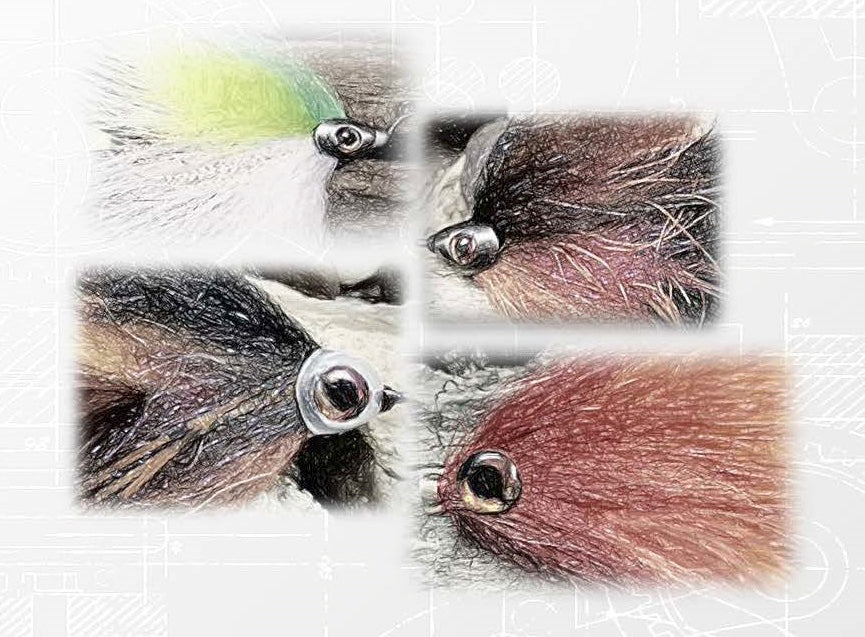
Flies that do the shimmy are all the rage right now.
A lot of this is due to all the new materials and hardware now available for fly tyers. Ranges of articulated shank systems and heaps of new synthetic materials that easily shed water are changing the way we tie flies.
Articulation used to be a term for wire and beads joining two hooks in order to do the S-curve movement in the water.
Modern innovations in fly tying materials give you the ability to step beyond purely mimicking the appearance of a prey item – you can mimic its movements as well.
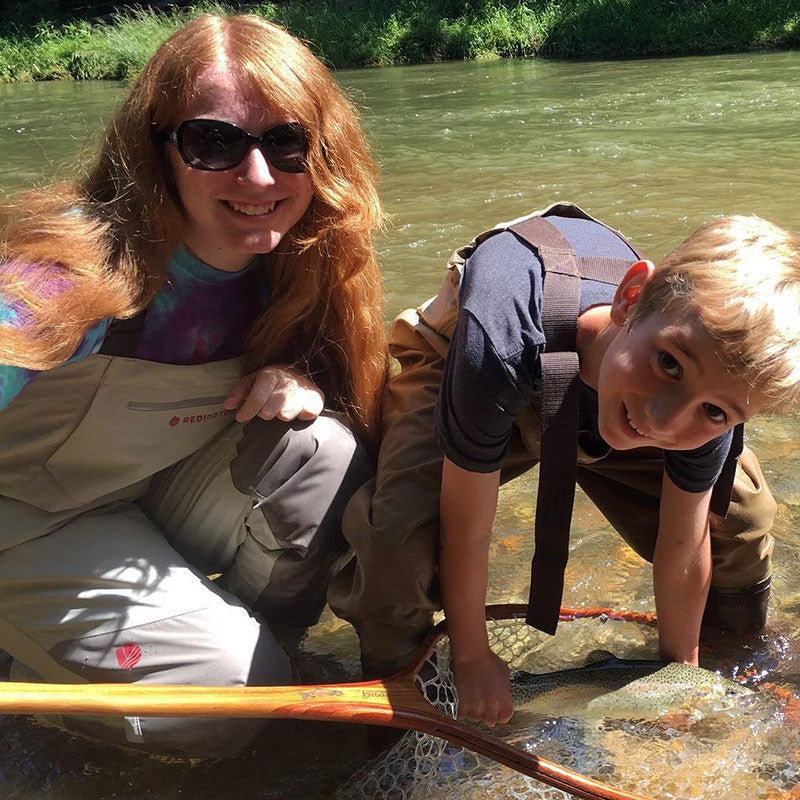
Fishing is a wonderful family activity and it provides a great way to bond with your children.
But while plenty of parents hand their child a spinning rod and head down to the local farm pond, relatively few try to teach their kids how to fly fish.
This is understandable, given the complexity of the activity, but unfortunate too. The truth is, most youngsters are perfectly capable of learning to whip a fly through the air. No, fly fishing isn’t an ideal pursuit for very young children, but most kids can learn to handle a fly rod by the time they are 10 to 12 years of age.
However, it's always important to have success while introducing children to any type of fishing, otherwise, they’ll get bored and lose interest.
And while it is slightly more complicated to do so when you are trying to teach them to fly fish, you can still set yourself up for success by keeping the following four considerations in mind.
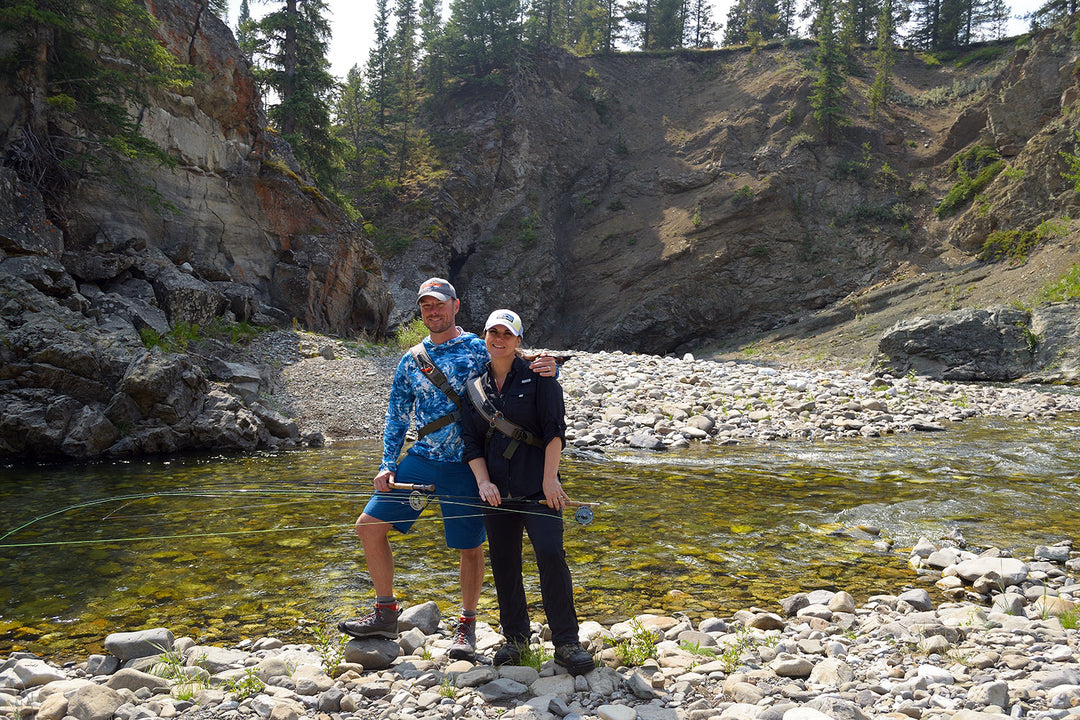
It's all about balance.
If you’re like us, you fish all the time.
When I say all the time, I mean literally every available moment of your free time is spent fishing or thinking about fishing in some way.
I have a tendency to be super focused on things that are of interest to me – the rest of the world disappears kind of focused. My wife contends that this leads to the detriment of our relationship from time to time. I can’t argue with that.
Over the years, I’ve been trying to create balance here by getting my wife involved in fishing. The experience has been great.
My wife and I have traveled to quite a few renowned fisheries around the U.S. and just recently, Canada. She’s indifferent to whether or not she catches fish (somehow, she always does). She claims she’s just happy to experience some of nature’s beauty and to see me happy. I’m happy to oblige her those opportunities.
What follows is how to execute a couple’s fly fishing vacation on a budget. If you put aside a small sum of money and go on this trip, you’ll come home closer to your significant other than when you left.
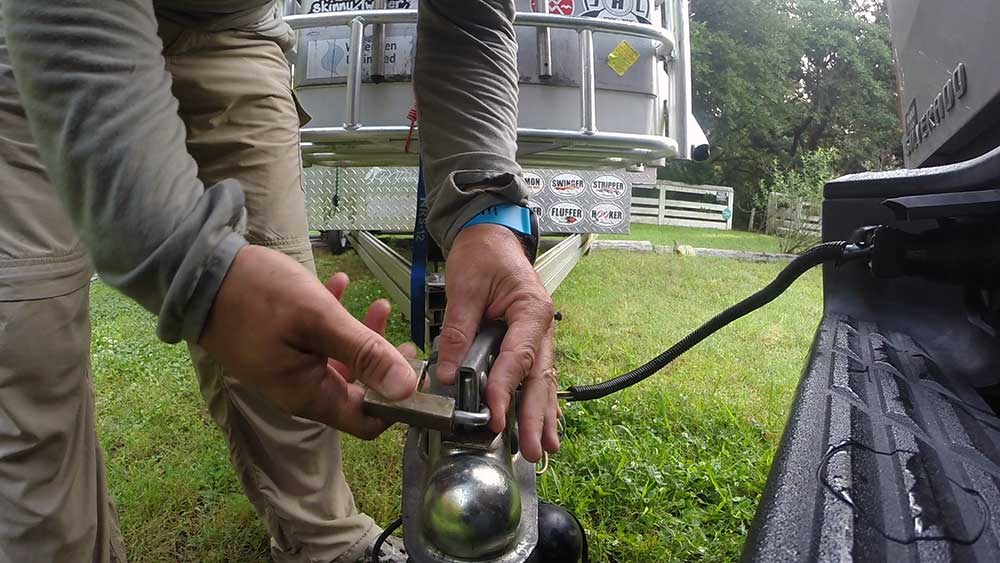
“Rod, Reel, Pack, Waders, Boots, Lanyard. Oh Yea, Socks!”
I have repeated this mental checklist at least 1,500 times over the last 10 years.
Being organized from the moment you leave the house to having an organizational system in place for when you’re on the water will keep you fishing more and spending less time looking for that stream thermometer you left at home anyway!
I started getting organized in my fishing habits after arriving at the South Holston River (a 2.5-hour drive for me) one winter day and realized that in my morning grog (or hangover if I’m being honest) I took off with no waders and no reel.
I vowed that would never happen again.
Here are my tricks for never again showing up at the river without a rod or boots or a reel or fly boxes – something that each of us has done, even if we’ll only admit to ourselves that we went on a hike that one day instead of fishing because we packed two left-foot boots!
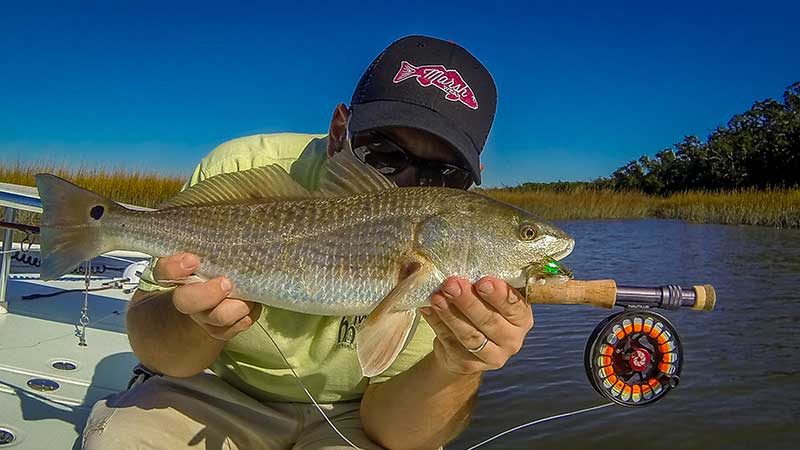
I’ve been lucky enough to target redfish on the fly in North Carolina for over ten years.
Through a lot of trial and error, I’ve picked up on a few things that I’d love to pass on to you.
Throughout the South you can target redfish year-round. Each season is different, so you need to switch up your tactics to stay successful.
When most fly anglers think of summer redfish, they envision flood tides and copper tails waving in the green Spartina grass. Me too. Tailing reds are a definite favorite of mine.
Unfortunately, the reality is that you only get a handful of tailing tides that fall during daylight hours each month.
Low tides, on the other hand, are available on a daily basis and can provide for some great fly fishing opportunities.






